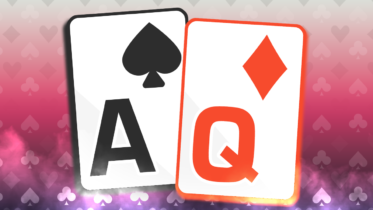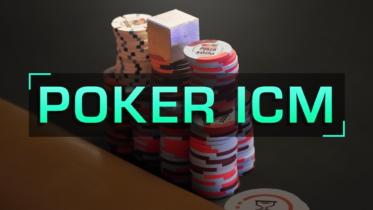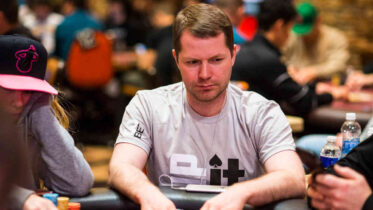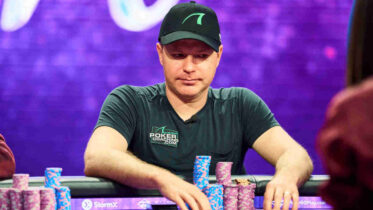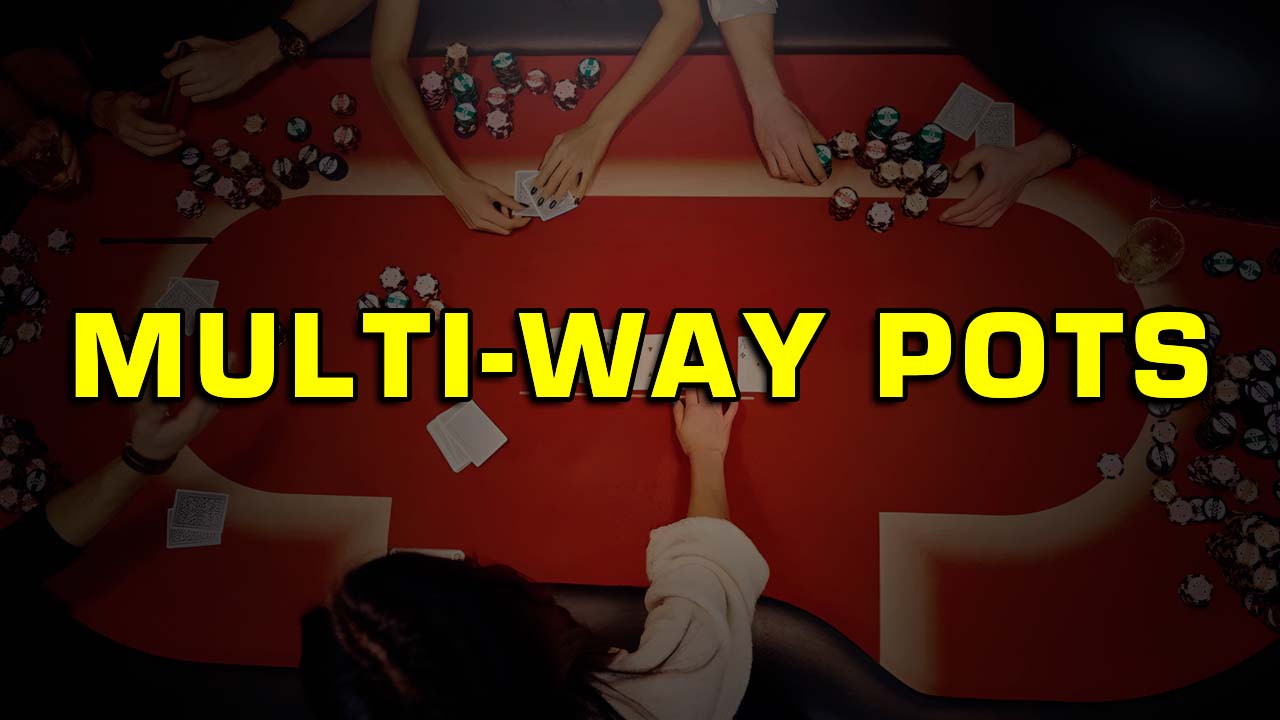What if the entire game slowed down around you?
If you’re a baseball fan, you may know that “hitting a pitched baseball represents the biggest challenge in all of sports.” The people who make it to the Major Leagues have extraordinary ability to see the ball in ways that lesser mortals simply don’t. The article linked above notes that Michael Jordan, a near super-human athlete, had the lowest batting average in the entire league the year that he played minor league baseball.
I’ve often suspected the best poker players of having an analogous sort of skill – to basically see the game happening at a reduced speed. This enables them to think backwards and forwards in the hand, and find good decisions that most of us don’t.
I’ve never felt that I’ve had this skill, but I had a recent session in which I got a soupçon of what I imagine poker’s Hank Aarons experience day in and day out.
A favorable flop
I was in my regular $3/$5 game that has a $10 “rock” – a winner straddle, with preflop action starting to the left of the rock. The rock is in early position, and one player limps in front of me. This person has a VPIP nearing 100%, so their hand could be two Olive Garden gift cards. I’m in the cutoff, and look down to find A♠️Q♦️. I’m happy to take the pot heads-up against two gift cards, so I raise to $50. This works perfectly, as the button, a recreational player, cold-calls my raise. It folds back around to the limper, who immediately puts in the call. This strengthens their range to two Ruth’s Chris gift cards or better.
With $160 in the pot, the flop is what Andrew Neeme would call “favorable” – A❤️- A♣️- J❤️. Ruth’s Chris checks, and I check as well. In general, when you find yourself out of position in a multi-way pot, it’s fine to check. Now the button bets $70. Ruth’s Chris sends his steak back to the kitchen.
And time slows down.
I can see the button’s range as clearly as that matrix we use to show starting ranges. He’s got a jack, or he’s got a flush draw. I’m crushing all of it. I will call here, because a check/raise would scream strength, and he might fold. It would be unfortunate if he folds a flush draw, and catastrophic if he folds a jack. Then I will check the turn and see what he does. If he bets again, then I’ll check/raise, because now maybe he has the case ace, and we need to pile chips into the pot. We started about $1,000 effective, and if I’m going to stack a weaker ace, it will require a raise on the turn.
The turn ($300 in the pot) is the 5♠ – perfect. I check, and he quickly checks back. Again, the scene unfolds slowly, but clearly. He doesn’t have an ace – he’s always betting an ace here. He now has a jack or a heart draw. Classic “hand reading” theory would suggest that he is more likely to have showdown value rather than a draw. The argument is that, without showdown value, he should bluff. However, passive players don’t bluff their draws as much as they should – they check (“equity realization” is the magic phrase here) and hope to hit their hand.
I have the entire game tree mapped before the river hits

So we get a river card of T♠. I look and see it in his eyes (could Willie Mays see what pitch was coming from the pitcher’s eyes?) – he wants it to go check-check. This means that (a) he doesn’t have KQ for Broadway, and (b) he has a jack. Why? Because life is running at 0.75x speed, and I’m seeing everything pixel-perfect. KQ would reflect as, “Oh, please bet.” A missed flush draw would be, “Bet, check, I don’t care, because I’m not putting another dime in this pot, and you win.” But there’s cautious optimism – “If it goes check-check, I probably win.”
“Figure out what your opponent wants, then disappoint them.”
–Mike Caro
I announce a bet of $150, and his one-chip call beats my chips into the pot. In fact, he called so fast I worried that maybe I’d completely misread the situation, and he did indeed have KQ that wasn’t willing to raise. But I turned up my hand, he looked, his shoulders sagged, and he asked the dealer, “How much?”
In retrospect, I think that snap call was to prevent himself from second-guessing the decision, though second-guessing was exactly what he needed.
Can I bottle this?
Winning the pot was lovely – it’s always nice to win a medium-big pot. But far more energizing was the sense of hyper-clarity. That at each street, I could see the game tree laid out ahead of me like a Google map – I just had to walk the tree, knowing exactly what action I’d take based on the cards that came out and my opponent’s actions.
This clarity is new for me, and I’m wondering what’s the secret sauce, and how do I repeat this?
I’m not sure yet, but I have some theories that I’ll cover in subsequent articles.
